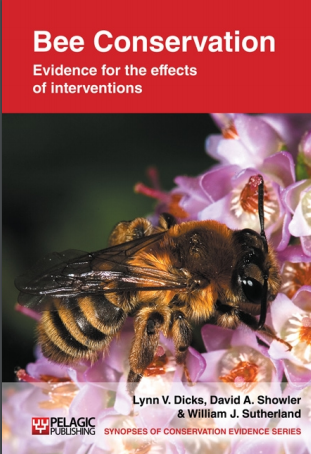Prevent spread of the small hive beetle
-
Overall effectiveness category Awaiting assessment
-
Number of studies: 1
View assessment score
Hide assessment score
How is the evidence assessed?
-
Effectiveness
not assessed -
Certainty
not assessed -
Harms
not assessed
Study locations
Supporting evidence from individual studies
In a replicated, controlled trial, Baxter et al. (1999) tested methods to control the spread of small hive beetle in packages for transporting honey bees Apis mellifera for the beekeeping industry in Texas, USA. They placed 'Checkmite strips' (containing the organophosphate coumaphos) in various positions inside or on the packages and intentionally introduced ten or twenty adult beetles. More than half the beetles escaped from the packages through a ventilation panel and were not trapped or recovered. A Checkmite strip hanging in the middle of the package killed 94% of the remaining beetles. Beetles were not lured out of the packages by light traps.
Study and other actions tested
Where has this evidence come from?
List of journals searched by synopsis
All the journals searched for all synopses
This Action forms part of the Action Synopsis:
Bee Conservation
Bee Conservation - Published 2010
Bee Synopsis





)_2023.JPG)














